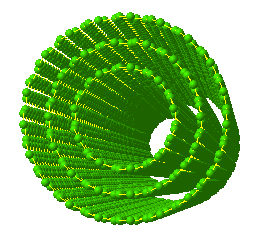Electronic failure ( Electronic failure) in the molecules of multiwalled carbon nanotubes CNTs (based on a PhD in microelectronics, nano _) _ doctorate in educational management
Researcher and author PhD student Afshin Rashid
Note: Carbon nanotubes (CNTs) are large cylindrical molecules consisting of a hexagonal arrangement of hybrid carbon atoms that may be formed by creating a graphene sheet (single-walled carbon nanotubes, SWCNTs) or by assembling several graphene sheets (multiple). ) Be formed.
In the case of electronic failure , different molecules on the surface of CNTs nanotubes have similar conditions in terms of SWCNT length and hardness. There are many features and applications of carbon nanotubes that make full use of CNTs aspect ratio, mechanical strength, electrical and thermal conductivity. Electronic failure is a function of CNT guidance. CNTs with a special combination of N and M (structural parameters show how much the nanotube is twisted) can be very conductive and therefore can be said to be metallic. It has been shown that their conductivity is a function of their kirality (degree of torsion) as well as their diameter. CNTs in their electrical behavior can be metal or semiconductor.
Some types of CNTs made in the "chair" diagonal mode work better than other metal CNTs. In addition, intra-wall reactions have been found in MWNTs that distribute the flow more evenly than separate tubes. However, there is no change in current in the various parts of single-walled metal CNTs. However, the behavior of electronic failure in semiconductor SWNTs is different, so that the flow of transport suddenly changes in different positions on CNTs. SWNT's electronics guidance and resistance and failure are measured by placing electrodes in different parts of the CNT.
Conclusion :
Electronic failure ( Electronic failure) in between the molecules of carbon nanotubes with a natural connection (where a metal part directly to a chiral Joins Semiconductor) as a rectifier diode behaves.
Author: PhD Student ( Afshin Rashid)
PhD student in Nano-Microelectronics at Islamic Azad University, Science and Research Branch, Tehran




